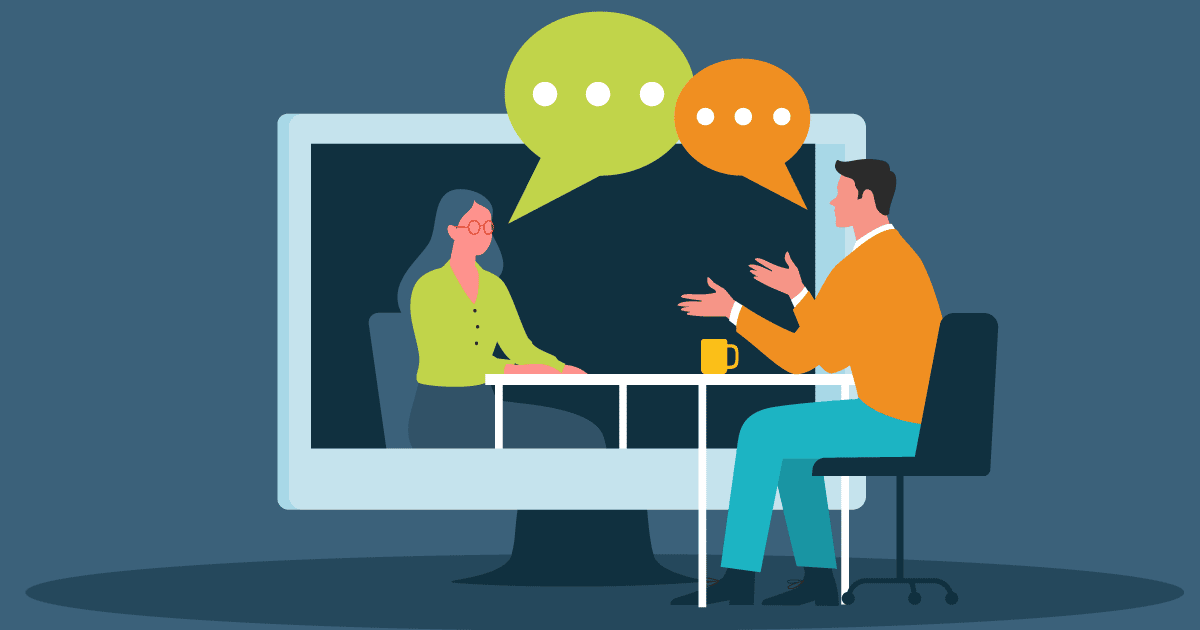What are the most effective methods for managing and reducing digital distractions in a remote work environment?


In today’s digital age, remote work has become increasingly popular, allowing individuals to work from the comfort of their own homes. While this offers many benefits, such as flexibility and reduced commuting time, it also presents unique challenges, particularly when it comes to managing and reducing digital distractions. In this article, we will explore the most effective methods for managing and reducing digital distractions in a remote work environment, including strategies for improving productivity, time management, concentration, and focus.
1. Set Clear Boundaries
One of the first steps in managing digital distractions in a remote work environment is to set clear boundaries. This includes establishing specific working hours and creating a designated workspace. By doing so, you can create a clear separation between work and personal life, reducing the temptation to engage in non-work-related activities during working hours.
2. Minimize Notifications
Notifications can be a major source of distraction, constantly pulling your attention away from the task at hand. To minimize these distractions, consider turning off non-essential notifications on your devices. This includes disabling notifications for social media apps, email, and messaging platforms. Instead, schedule specific times throughout the day to check and respond to messages, allowing you to maintain focus and concentration on your work.
3. Utilize Productivity Tools
There are a variety of productivity tools available that can help you manage and reduce digital distractions. These tools can block certain websites or apps during specified times, limit your time spent on specific websites, or even track your time spent on different tasks. Some popular productivity tools include RescueTime, Focus@Will, and Forest. Experiment with different tools to find the ones that work best for you and your specific needs.
4. Practice Time Blocking
Time blocking is a time management technique that involves scheduling specific blocks of time for different tasks or activities. By allocating dedicated time slots for focused work, breaks, and personal activities, you can create a structured schedule that minimizes distractions and maximizes productivity. Use a digital calendar or a time management app to visually plan and organize your day, ensuring that you allocate sufficient time for important tasks while also allowing for breaks and relaxation.
5. Practice Mindfulness
Mindfulness is a practice that involves being fully present and aware of the current moment. By incorporating mindfulness techniques into your remote work routine, you can improve your ability to stay focused and reduce digital distractions. This can be as simple as taking a few minutes each day to practice deep breathing or meditation, or incorporating mindfulness exercises into your breaks. By cultivating a sense of mindfulness, you can train your mind to stay present and resist the urge to engage in distracting digital activities.
6. Develop Self-Discipline
Self-discipline is crucial when it comes to managing and reducing digital distractions. It requires setting clear goals, prioritizing tasks, and holding yourself accountable for staying on track. One effective strategy is to break down larger tasks into smaller, more manageable chunks, allowing you to focus on one task at a time. Additionally, practicing self-discipline involves resisting the temptation to engage in non-work-related activities during working hours, such as checking social media or browsing the internet.
7. Create a Supportive Environment
Creating a supportive environment is essential for managing and reducing digital distractions in a remote work environment. Communicate with your family members or roommates about your working hours and the importance of minimizing interruptions. If possible, designate a separate room or area as your workspace to minimize distractions. Additionally, consider using noise-cancelling headphones or playing background music to help maintain focus and concentration.
In conclusion, managing and reducing digital distractions in a remote work environment requires a combination of strategies, including setting clear boundaries, minimizing notifications, utilizing productivity tools, practicing time blocking, incorporating mindfulness techniques, developing self-discipline, and creating a supportive environment. By implementing these methods, you can enhance your productivity, improve time management, and maintain focus and concentration, ultimately leading to greater success in your remote work endeavors.
Recent Posts
How do I create an engaging and informative online quiz or assessment?
Creating an engaging and informative online quiz or assessment can be a powerful tool for… Read More
What are the most effective methods for managing and reducing work-related stress in the hospitality industry?
Work-related stress is a common issue in the hospitality industry, where employees often face long… Read More
How can I improve my assertiveness and communication skills in a leadership position?
In a leadership position, assertiveness and effective communication skills are crucial for success. Being able… Read More
What are the key elements of a successful employee recognition and rewards program?
Employee recognition and rewards programs play a crucial role in motivating and engaging employees, as… Read More
How do I effectively manage and respond to customer feedback and reviews?
Customer feedback and online reviews play a crucial role in shaping a company's reputation and… Read More
What are the best strategies for effective time management as a stay-at-home parent?
Effective time management is crucial for stay-at-home parents who juggle multiple responsibilities on a daily… Read More